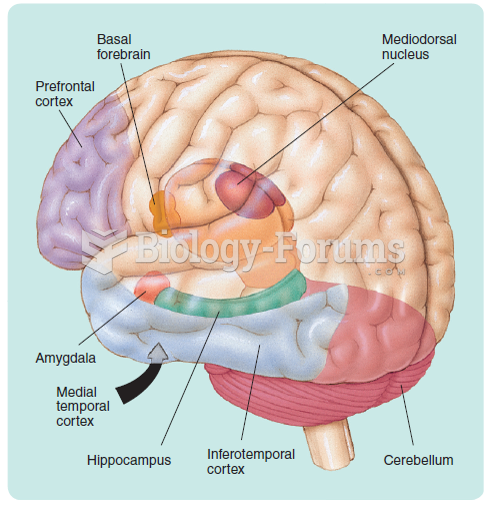This topic contains a solution. Click here to go to the answer
|
|
|
Did you know?
The toxic levels for lithium carbonate are close to the therapeutic levels. Signs of toxicity include fine hand tremor, polyuria, mild thirst, nausea, general discomfort, diarrhea, vomiting, drowsiness, muscular weakness, lack of coordination, ataxia, giddiness, tinnitus, and blurred vision.
Did you know?
The first oral chemotherapy drug for colon cancer was approved by FDA in 2001.
Did you know?
Recent studies have shown that the number of medication errors increases in relation to the number of orders that are verified per pharmacist, per work shift.
Did you know?
The human body produces and destroys 15 million blood cells every second.
Did you know?
In 1844, Charles Goodyear obtained the first patent for a rubber condom.
 The Masses, a leading Socialist magazine, featured drawings by artists, including John Sloan, as wel
The Masses, a leading Socialist magazine, featured drawings by artists, including John Sloan, as wel
 JFK and Jacqueline Kennedy ride in a motorcade with Texas Governor John Connolly and his wife in ...
JFK and Jacqueline Kennedy ride in a motorcade with Texas Governor John Connolly and his wife in ...





